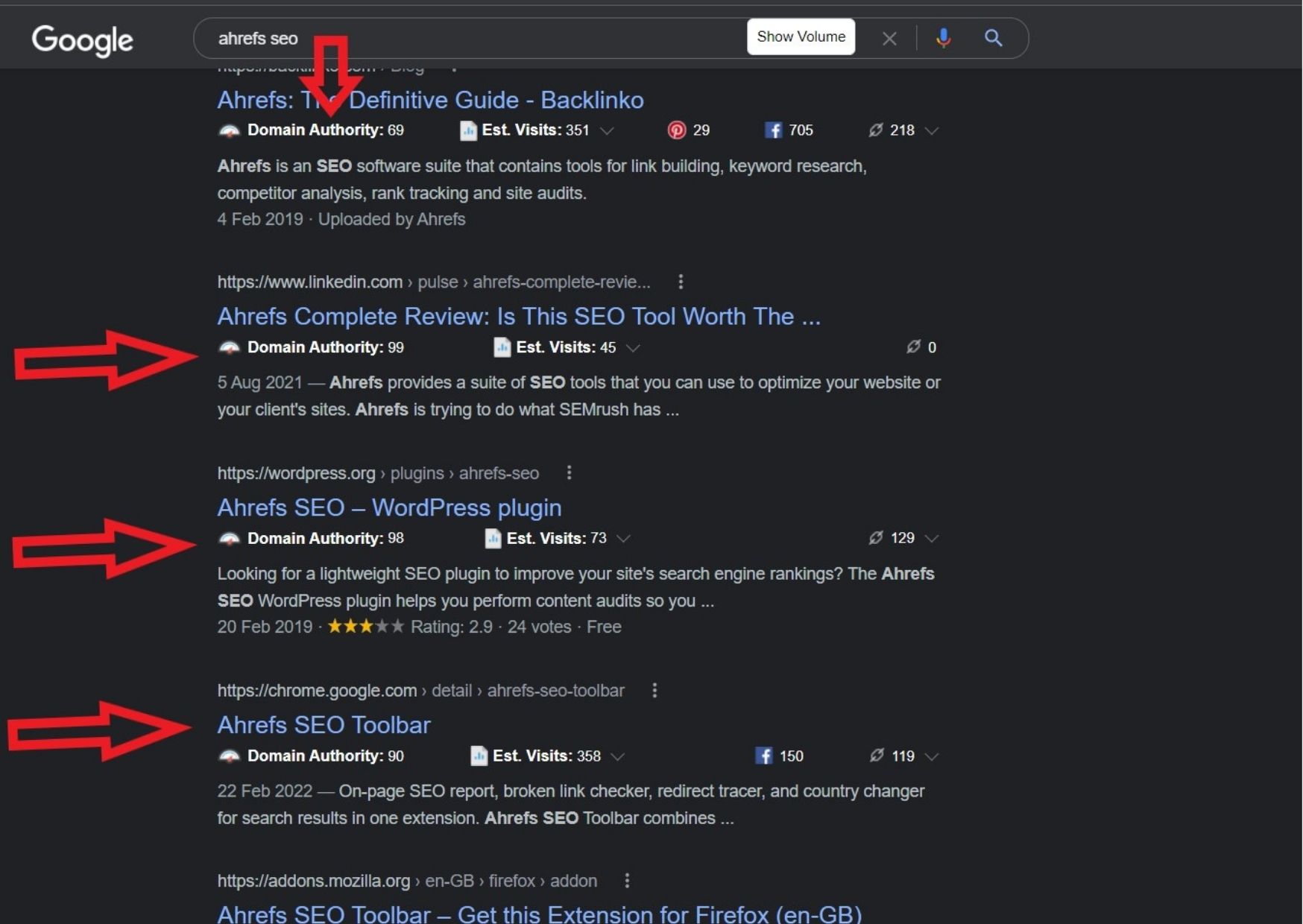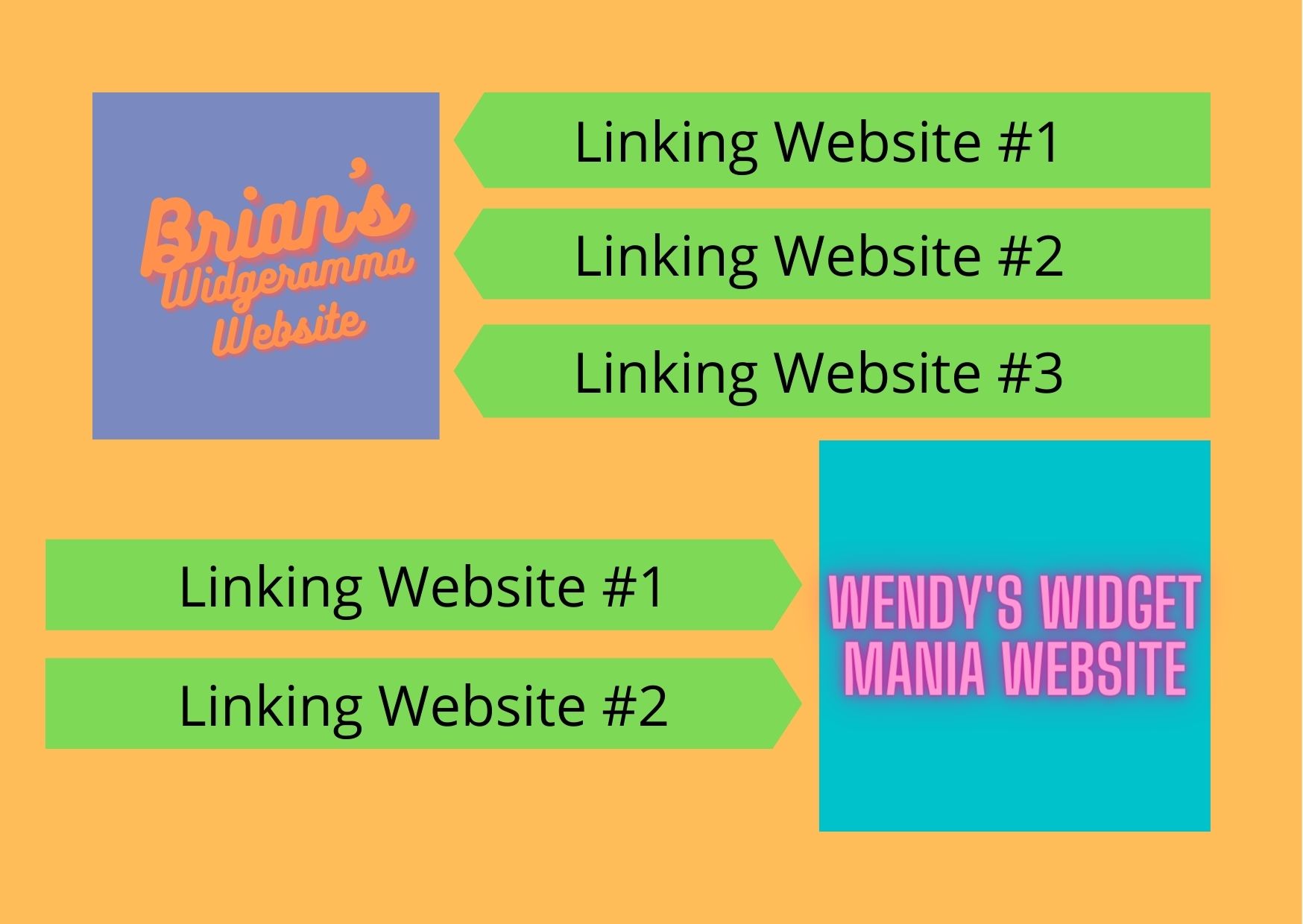There are loads of factors you need to consider for SEO. Arguably, the two most important are keywords and links. As a freelance writer, I work with both each day. Often, I don’t stop to think about the why or how of these SEO aspects, I just naturally choose SEO links and words for the content I create.
Recently, I was asked how I chose the links for the blogs I write. So it got me thinking, maybe you’d like to know too. In a nutshell, the links I choose increase the credibility of the content. This is because they help to connect the SEO content to websites that will add value to the reader as well as the website it’s published on. It sounds difficult, but it’s not really.
Links are what holds the internet together. Without them, there would be trillions of random bits and bytes of information floating around without any connections. I like to think of the internet as a giant virtual global brain. The links between a website’s pages and from website to website create the neural networks of this brain. Blogs and websites with lots of links are like the most often used behaviours and functions of internet users. The sites with only a few are like the long-lost childhood memories that occasionally haunt our dreams.
Every new piece of content you create starts out as an unconnected dream-haunter. The aim of SEO links is to turn your website, page or blog into a section of the neural-network superhighway that is used regularly. Read on to find out how I do that.
Choosing internal SEO links
Internal links are the ones on a website that help you hope from page to page without using the menu system. If you have a blog, you’ll want to link older and newer blogs together as well as the ‘main’ pages of your website. There are a couple of reasons you should do this.
1 – Context It creates a contextual relationship between your blog content. This is helpful for your readers as they are able to move between relevant blogs with ease.
2 – Credibility Links gives the linked-to content a little more credibility, which Google and other search engines want to see. It’s part of how they rank the page and the website it is part of.
The way you choose internal links is by considering which parts of your website are relevant to the blog you wrote. So, imagine you’re writing a 101 ways to use widgets blog. The section on where to find widgets could link to your widget product page or maybe your homepage. Another paragraph of the same blog might be about how widgets can benefit users on holiday, which fits nicely with a blog you wrote last week on international widgets.
SEO links should add value to the reader with additional information and credibility to the content by delivering a more in-depth view.
Linking new content to older content is simple, as you do it as you go. It’s a good idea to remember to go back to older blogs and link them to the newer pieces too – links that go both ways make sense from the neural-connected superhighway perspective, but often from an added-value for your web browser perspective too.
Every SEO link you choose should add value for your reader and credibility to the content
External links – choose wisely
I’ll answer the ‘why’ first. Linking out to supporting information adds value to your readers and also credibility to your content. The credibility comes from the authority and quality of the site you are linking to.
Now it’s time the answer “which SEO link you should choose?” question. Not all content or websites are created equal. And because of that, not all links are created equal. You want to link to high-value websites and content. So, what is link-value based upon? You can be forgiven for thinking it’s a high number of visitors. That does come into it, but it’s not the most important element for choosing your external links.
1 – Relevancy In order of importance, you need to choose external SEO links based on relevancy to the content you are creating, authority in that subject area and quality of the information. When we break that down in terms of the example 101 ways to use widgets blog, relevancy means the link must have something to do with widgets.
2 – Authority Industry leaders, innovators or otherwise well-recognised aficionados of that topic are usually high-authority sources. Generally speaking, your next-door neighbour’s widget blog isn’t going to be the most authoritative. On the other hand, the National Widget Association is likely to be a good authority link.
If you are unsure, use a domain authority checker or add an extension to your web browser that gives you the domain authority ranking with your search results. As a very general rule of thumb, pages and sites that rank higher in search results usually have better authority ratings.

3 – Quality A little like authority, quality leans more toward the trustworthiness of the source. So if you were choosing between the National Widget Association and the International Widget Lovers Fan-Group, choose the former. When you are faced with two references of equal quality, choose the SEO link that has more traffic going to it.
And a brief bonus for outbound links – the ‘how’. Open outbound links in a new tab – it’s better for your user and can make it easier for them to stay on your site. This can increase the ‘dwell time’, which tells Google your content is worthwhile.
Backlinks for SEO
In some ways, backlinks are a little like the holy grail of the links you need for building SEO and getting into the heart of that neural-like internetwork. Backlinks are the links that other people use to link to your content. There are a few ways you can build these. One we have already covered – internal linking.
1 – Natural link building In a perfect world, your great content gets recognised by in industry news blog and they pick it up to publish on their website verbatim. Obviously, because you’ll have done your own internal linking work, you’ll naturally get links to your website from this scenario. You’ll need to create high-quality content for this to happen. You’ll also need to promote your content so people know it exists. Still, on its own, natural link building is not a great strategy for generating backlinks.
2 – Relationship building Build your network and you can make a start to building backlinks. Engage with people in your space through interest groups on social media. Follow their blogs and websites, interact through thoughtful comments and by sharing content (theirs and yours). Be helpful and consider linking to their content from your blogs. Sure, the authority of their site might not be huge but it can still be valuable in terms of relevancy and quality.
As relationships grow, you’ll naturally gain more influence. You may receive invites to roundups that are relevant to your industry and links from your new associates to your content.

Brian’s Widgeramma website has more links to it, indicating to Google that his content is of better quality than Wendy’s Widget Mania website
3 – Distribution Your website isn’t the only place you should publish your blogs or publicise your blogs either. For every new piece of content you create, you need to put into action a distribution process. This can be as simple as sharing it through the social media channels you are active on. Or as detailed as sharing it with other relevant websites, publications (i.e.: LinkedIn) and blogging platforms that may want to publish it too.
4 – Guest blogs I know, it’s hard enough creating content for your own website. Still, crafting blogs for websites in the same or related industries for yours will create more links to your website. In some cases, it may not even be necessary to create new content. A few tweaks to an existing blog may be enough to keep the hosting website happy to take your content on.
Because SEO links are the glue holding the internet together, it’s important to ensure that yours are in good shape too. That means periodically checking your website for broken links. When you find them, fix them. Broken links will damage your SEO and with the continued work of content creation and SEO link building, you don’t want broken links undermining your efforts.
SEO links are just as important as your keywords. Internal, external SEO links and backlinks all add up to show search engines that your site offers web users valuable information. Essentially, that’s all Google and other search engines care about; serving up quality content. So keep up with your internal linking, choose external links wisely, and put a plan in place to build backlinks.
Need a hand with all that? I’d be happy to help!


Recent Comments